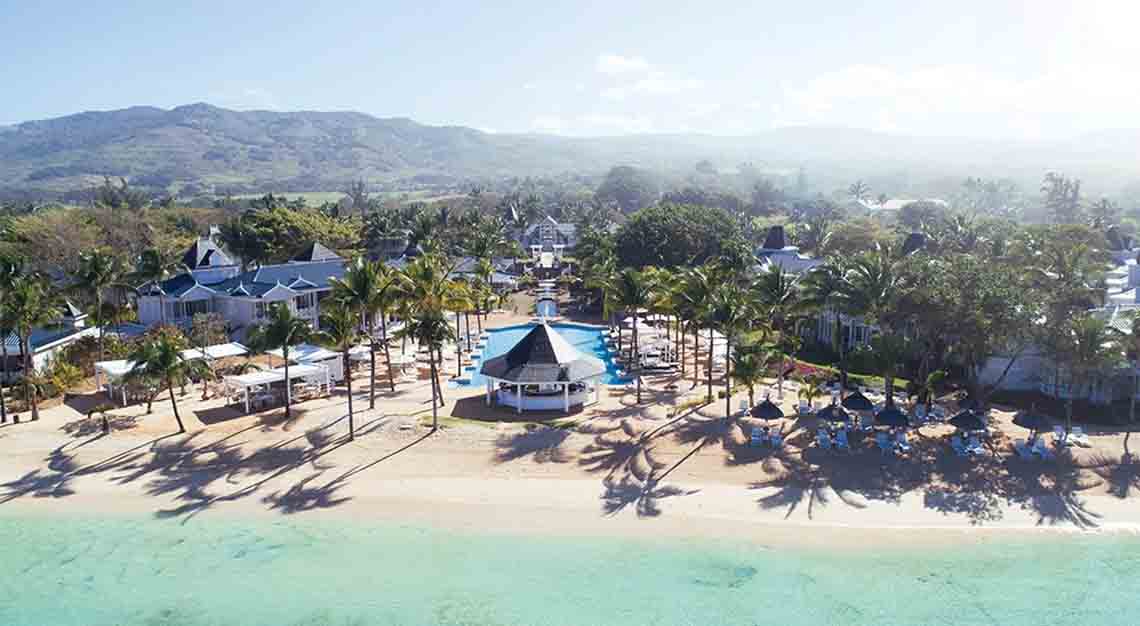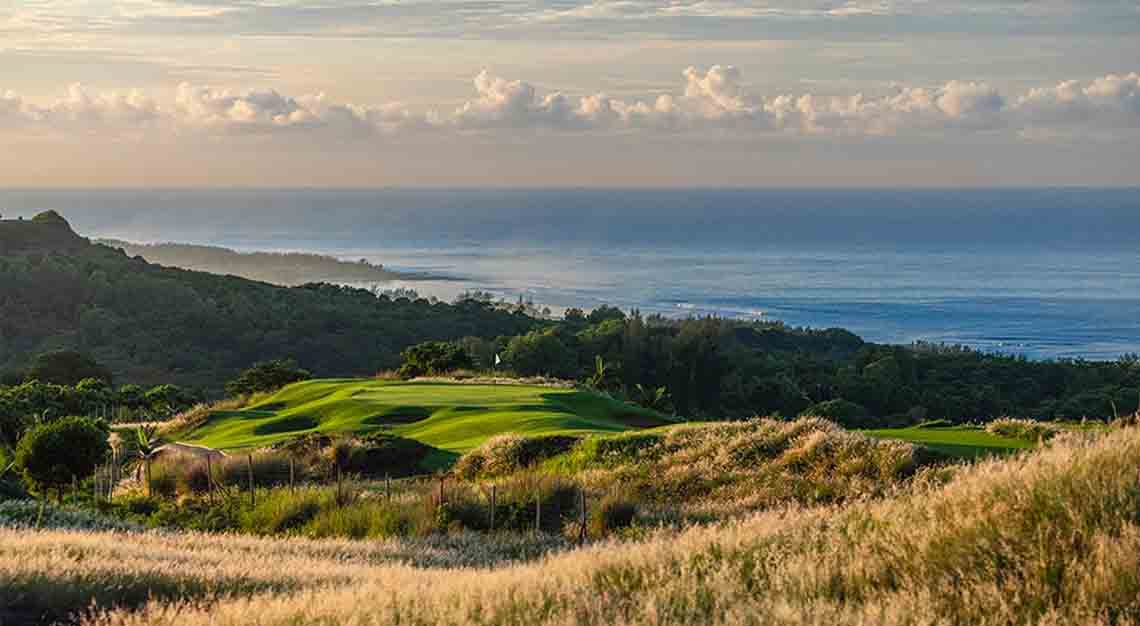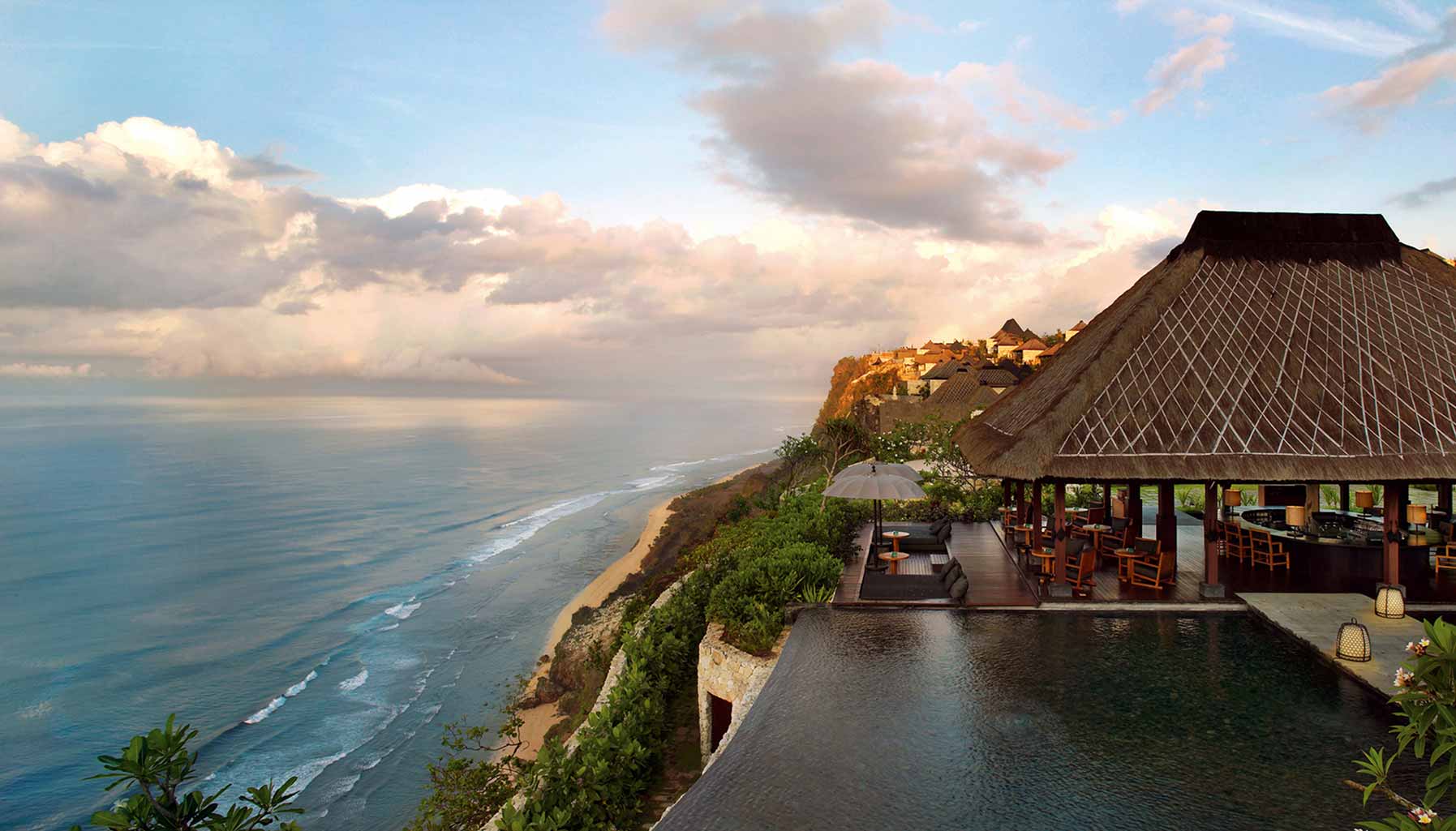Robin Swithinbank visits the tiny isle off East Africa to play a course of contemporary links with one lofty aim
Frankly, until I visited the place, I could not have told you that the dodo was native to the island of Mauritius. I suppose I had it down for Africa, somewhere Madagascar-ish, but there’s every chance that’s a post-rationalisation.
In any case, I would have been wrong. Being a flightless bird, the plodding dodo never made it beyond the borders of the tiny Indian Ocean island and was swiftly ushered out of existence by Dutch settlers in the 17th century. And yet, for such a limited creature, the dodo has done well for itself in terms of name recognition—everyone knows the dodo. Which is why I feel Mauritius’s Heritage Golf Club should name its new course after the bird: There’s a good chance these links will still be talked about in a hundred years’ time.
La Réserve Golf Links, as it’s currently billed, is a “contemporary links,” so described because, while it looks like it might have been lifted blade by blade from Scotland and, from its lofty vantage point, offers panoramic ocean views on every hole, it never actually kisses the water. Instead, it’s surrounded by sugarcane plantations and a lushly forested nature reserve.

Due to open in December, the course is slated to host the DP World Tour’s Mauritius Open that same month (assuming everything goes according to plan, of course). Ahead of all that, I was one of a small group invited by the club to play La Réserve this spring—in fact, the six of us, including a trio of key figures involved in its development, were the first to play the course, full stop—a rare and glorious golfing honour. That meant my birdies on 12 and 13 were the first ever on those holes (my plaque proposals were declined) and, while scoring was rudimentary, I presume one of us now holds the dae facto course record.
All in all, a magical day. But I suspect it would have been the same had we played it a year hence, once the paspalum grass has fully taken root, the bunkers are filled with sand, and the place has been dressed with signage, a clubhouse, and the usual gloss of a high-end golf course. And make no mistake, Heritage Golf Club is thinking top of the top. The club’s convivial GM, Jonathan Menteath, didn’t hesitate to say the ambition for the Dodo—sorry, La Réserve—is to be ranked among the world’s top 100 golf courses.

Will it get there? Certainly the topography and layout give it a fighting chance. Cut into the hills that ascend away from Mauritius’s white-sand beaches, the course is a carefully organised riot of grassy dunes, elevation changes, raised greens exposed to the prevailing southeasterly wind, and humps and hollows that make it look and feel more like Troon, on Scotland’s west coast, than the tropical climes of Mauritius.
Credit goes to South African course architect Peter Matkovich, now in his 80s, and his co-designer (and former Open champion) Louis Oosthuizen. Theirs is a magnificent achievement, much of which was brought to bear during a season of global lockdown.
The challenge for many golfers, beyond those presented by the course, will be getting there. Mauritius, which is roughly half the size of Rhode Island, sits some 1,931 kilometres off the coast of East Africa. But as its reputation for sunny skies and palm-tree-lined beaches suggests, it’s well worth the journey. Heritage Golf is part of the Heritage Resort, home to Loe Telfair, a five-star, suite-only hotel with five restaurants, including Loe Château, a 19th-century building overlooking the course and preserved to offer a fittingly old-world dining experience.
But back to the golf. No doubt La Réserve will prove memorable. Call it the Dodo, however, and it will be unforgettable.
This story was first published on Robb Report USA






